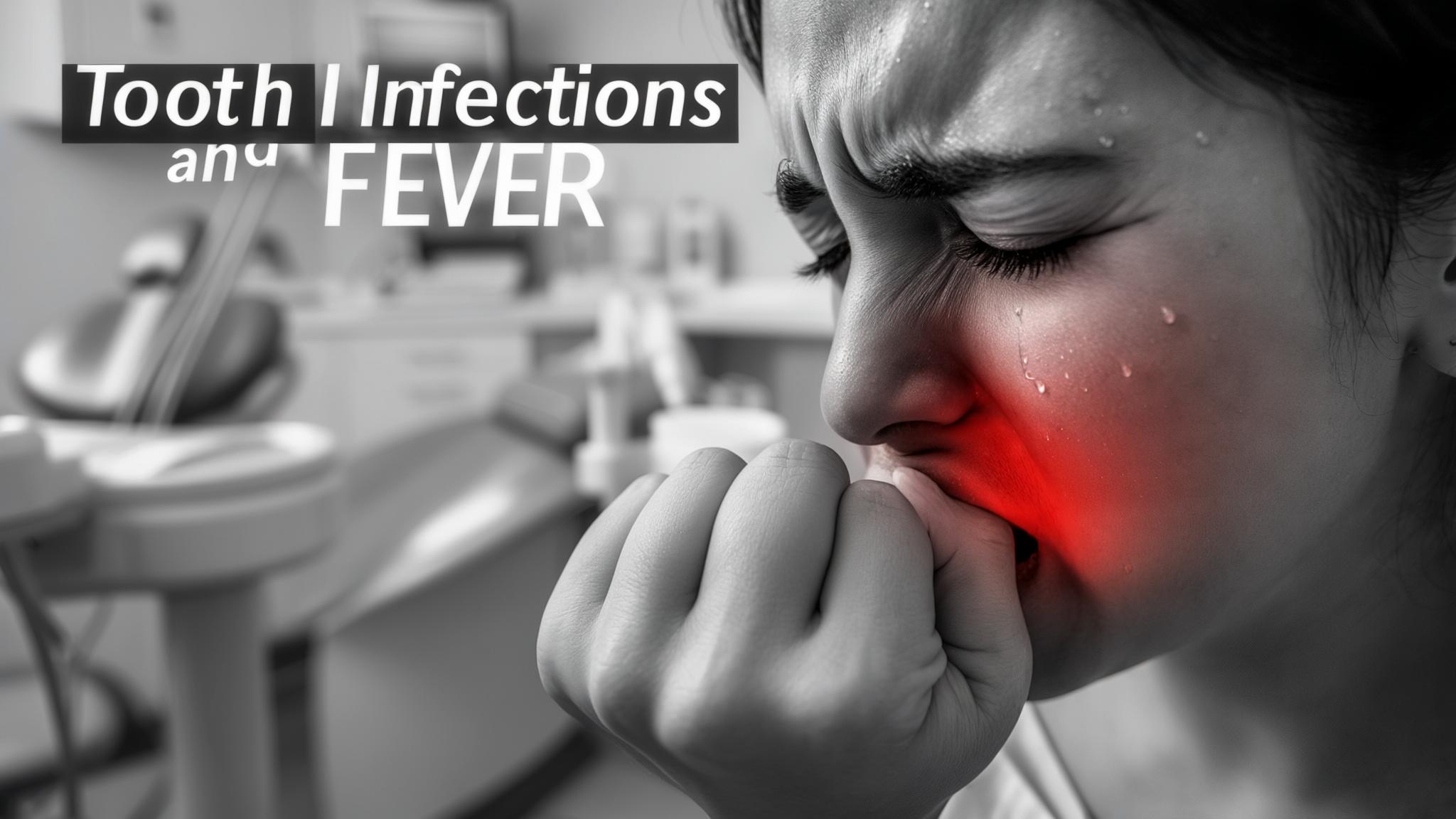Understanding Tooth Infections
Tooth infections are more common than you might think, and understanding them is the first step to prevention and treatment. Tooth infections occur when bacteria invade the dental pulp—the innermost part of the tooth containing nerves and blood vessels. This can lead to a painful condition known as an abscess.
Types of Tooth Infections
- Dental Abscess: This infection occurs at the tip of the tooth root and is often caused by untreated cavities or trauma to the tooth.
- Periodontal Abscess: This type affects the gums and the structures supporting the teeth, usually resulting from gum disease.
Causes of Tooth Infections
- Bacterial Infections: Bacteria from plaque can invade and infect the tooth pulp.
- Poor Dental Hygiene: Inadequate brushing and flossing allow bacteria to thrive.
- Untreated Cavities or Gum Disease: These conditions provide a gateway for bacteria to enter the tooth or gums.
Symptoms of Tooth Infections
- Localized Pain: Often sharp or throbbing, it can radiate to the jaw, neck, or ear.
- Swelling: May occur in the gums or face, indicating a serious infection.
- Discoloration of Gums: Redness or darkening can signal infection.
- Pus Discharge: A clear sign of an abscess, requiring immediate attention.
Connection Between Tooth Infections and Fever
A fever can be your body's way of signaling a systemic response to an infection. When a tooth infection is present, the body ramps up its defenses, which can include raising your body temperature.
How Tooth Infections Lead to Fever
- Body’s Immune Response: The immune system releases chemicals to fight off infection, which can cause a fever.
- Bacterial Spread into the Bloodstream: If bacteria spread beyond the tooth, a more serious infection can develop, leading to fever.
Symptoms of Fever Associated with Tooth Infections
- Elevated Body Temperature: Typically above 100.4°F.
- Chills: Often accompany a fever, indicating systemic involvement.
- Fatigue: The body feels tired as it fights off the infection.
When Is It an Emergency?
Certain signs indicate a dental emergency that requires immediate attention.
Signs of a Dental Emergency
- Severe Pain: Unmanageable pain that doesn't respond to over-the-counter painkillers.
- Swelling Affecting Breathing or Swallowing: This can be a sign of a life-threatening condition.
- High Fever (Above 101°F): Suggests the infection might be spreading.
- Rapid Heart Rate or Other Systemic Symptoms: Can indicate sepsis or other serious conditions.
Complications of Untreated Tooth Infections
- Osteomyelitis: Infection of the bone surrounding the tooth.
- Sepsis: A potentially life-threatening response to infection.
- Ludwig's Angina: A serious, fast-spreading infection of the tissues under the tongue.
- Other Systemic Infections: Can occur if the bacteria spread further.
Urgent Care Needs
If you suspect a tooth infection, prompt action is essential.
Immediate Steps to Take
- Contact a Dentist or Healthcare Provider: They can provide the necessary treatment or refer you to emergency care.
- Avoid Home Remedies: Some can worsen the condition, such as applying heat to a swollen area.
Importance of Prompt Treatment
- Antibiotics and Pain Management: Essential first steps in treating an infection.
- Possible Surgical Intervention: Such as draining an abscess or removing the infected tooth.
- Follow-up Care: Ensures the infection is fully resolved and prevents recurrence.
Prevention of Tooth Infections
Preventing tooth infections is much easier than treating them.
Importance of Regular Dental Check-Ups
Regular visits to your dentist can catch problems early before they become serious.
Proper Oral Hygiene Practices
- Brushing and Flossing: Essential for removing plaque and preventing decay.
- Avoiding Sugary Foods and Drinks: Reduces the risk of cavities.
Addressing Dental Issues Promptly
Quickly dealing with cavities or gum disease can prevent infections from developing.
Conclusion
Recognizing the signs of a tooth infection and fever is crucial. If you experience severe symptoms, seek immediate care. Maintaining good dental health can prevent these emergencies and keep your smile healthy and pain-free.

